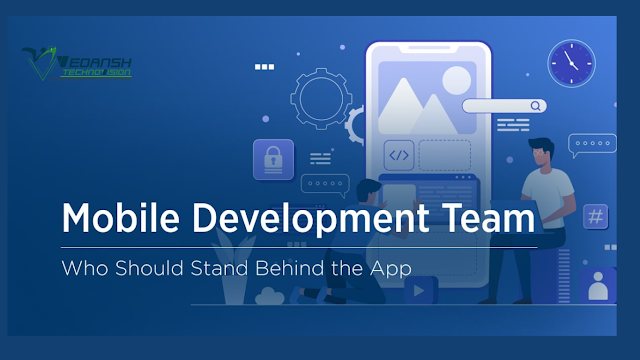mobile app development through xml
Mobile app development is one of the most in-demand skills in the tech industry today. With the increasing popularity of mobile devices, businesses and organizations are investing more resources in creating mobile apps to reach a wider audience. XML, or Extensible Markup Language, is a popular choice for developing mobile apps because it is easy to learn and use, and it can be used to create cross-platform applications. In this article, we will explore the basics of mobile app development through XML, including the benefits of using XML, the tools and technologies involved, and the steps involved in creating a basic mobile app.
What is XML?
XML is a markup language that is used to describe and define data. It is similar to HTML, but it is more flexible and extensible. XML allows developers to define their own tags and attributes, which can be used to describe any type of data. XML is widely used in web development, as well as in other applications where data needs to be shared and processed.
Benefits of Using XML in Mobile App Development
XML has several benefits for mobile app development, including:
Cross-platform compatibility: XML can be used to create mobile apps that can run on multiple platforms, such as Android, iOS, and Windows Phone.
Easy to learn and use: XML is a simple language that is easy to learn and use, even for beginners.
Flexibility: XML is a flexible language that can be customized to suit the needs of the app developer.
Better organization of data: XML provides a structured way to organize data, which makes it easier to process and analyze.
Easy integration with other technologies: XML can be easily integrated with other technologies, such as databases and web services.
Tools and Technologies for Mobile App Development with XML
To develop mobile apps with XML, you will need the following tools and technologies:
Integrated Development Environment (IDE): An IDE is a software application that provides a set of tools for developing and testing mobile apps. There are many IDEs available for mobile app development, including Android Studio, Xcode, and Visual Studio.
XML Editor: An XML editor is a software application that provides a set of tools for editing XML files. There are many XML editors available, such as Notepad++, Sublime Text, and Eclipse.
Mobile App Development Frameworks: Mobile app development frameworks provide a set of tools and libraries for developing mobile apps. Some popular mobile app development frameworks include React Native, Ionic, and Xamarin.
Steps Involved in Mobile App Development with XML
The following are the basic steps involved in developing a mobile app with XML:
Define the requirements: The first step in mobile app development is to define the requirements of the app. This includes identifying the target audience, the features and functionality of the app, and the platform(s) on which the app will run.
Design the user interface: Once the requirements have been defined, the next step is to design the user interface of the app. This involves creating the screens and layouts that will be used to display the app's content.
Develop the logic and functionality: After the user interface has been designed, the next step is to develop the logic and functionality of the app. This involves writing the code that will process user input and interact with the app's data.
Test the app: Once the app has been developed, it is important to test it thoroughly to ensure that it works as expected. This involves testing the app on multiple devices and platforms, and identifying and fixing any bugs or issues.
Publish the app: The final step in mobile app development is to publish the app to the app store(s) or other distribution channels.



Comments
Post a Comment